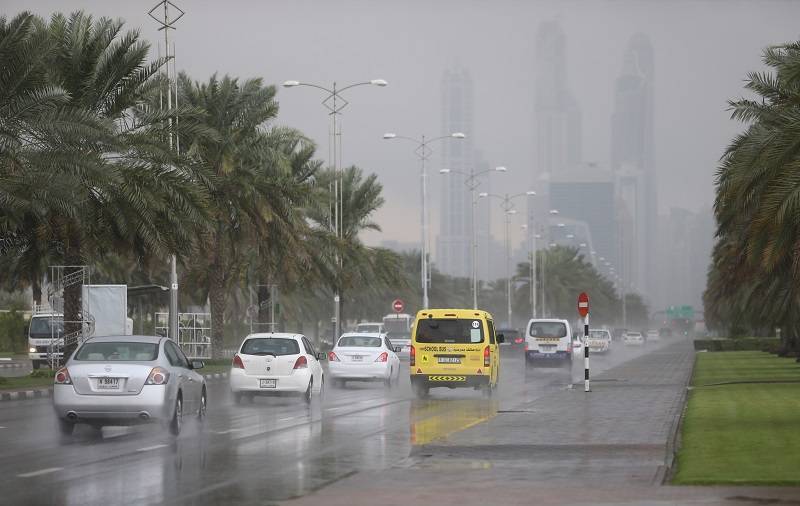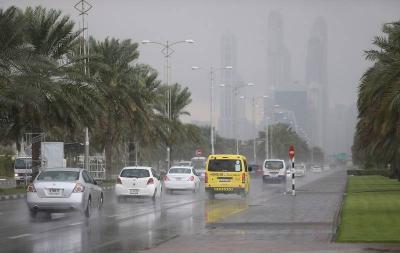Dr. Dalal Matar Al-Shamsi, Director of the National Center for Water and Energy at the United Arab Emirates University, stated that the heavy rains accompanying the recent weather depression in the country represent a great water wealth and blessing. The rains washed away atmospheric dust and reduced the concentration of pollutants in the air, soil, and water, leading to the emergence of wetlands and valleys that replenished agricultural areas.
Al-Shamsi added in a statement to the Emirates News Agency (WAM) that this natural phenomenon is an opportunity to improve the efficiency of artificial intelligence-based mathematical models for better forecasting of rainfall quantities and intensity in the upcoming periods, contributing to greater preparedness and more effective harvesting of higher amounts of rainwater.
Al-Shamsi noted that during the last weather depression, within less than 48 hours, varying amounts of rainfall were recorded, surpassing the usual annual average in most areas by one and a half or two times. This means that the volume of rainfall exceeded what would typically fall over a full year, occurring in a short time and at high intensity. These are unusual atmospheric phenomena resulting from natural climate change, which can lead to heavy rainfall causing flash floods.
She explained that the wind speed was moderate to strong, resulting from evaporation processes of collected surface water. She added that it is expected, with the presence of dams feeding groundwater reservoirs, that rainwater will seep into these reservoirs at a rate ranging from 25% to 40%, which will significantly increase the groundwater stock, in addition to enhancing the quality of groundwater by reducing the concentration of dissolved salts and other natural chemical elements derived from the rock formations of the natural aquifer.
It is worth mentioning that the country experienced its largest rainfall amounts in modern history during this last weather depression, in many areas, marking the highest levels since climate data recording began in 1949.




